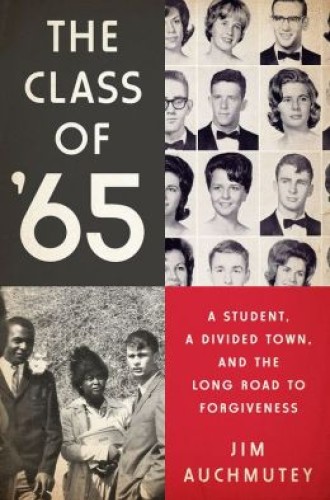Made in Americus
Getting through school can be a harrowing experience in any era. Imagine the challenges for a certain handful of children 60 years ago in Americus, Georgia. The local school board wasn’t sure whether to admit these children, even though desegregation had been ordered by the U.S. Supreme Court. They were pelted with rocks and insults, made to fear for their safety even in their own homes. Curiously, these students were white—from the racially mixed Koinonia Farm.
Progressive Christians who didn’t live at Koinonia celebrated its brave stands. They admired how members held the farm in common, ate and prayed together, and tried to live out a model of the early church. Reinhold Niebuhr and Eleanor Roosevelt wrote about it. Clarence Jordan, its cofounder, would become known for the Cotton Patch Gospels, a colloquial version of the New Testament. Members Millard and Linda Fuller would establish Habitat for Humanity. Koinonia also impressed a nearby peanut farmer, Jimmy Carter, who was shrewd enough not to get too involved.
But life at Koinonia left emotional scars on the children. Their parents, with the best intentions, had put them on the front lines. Local whites, unable to tell Christian communal life from Soviet communism and unwilling to countenance blacks and whites living together, tried to starve members out by refusing to trade with them. Several times Koinonia was bombed, its orchard was cut down, gunfire shattered windows. The children weren’t sure whether to be angry at the townspeople or at their idealistic parents—or even if they were permitted to be angry at all.




